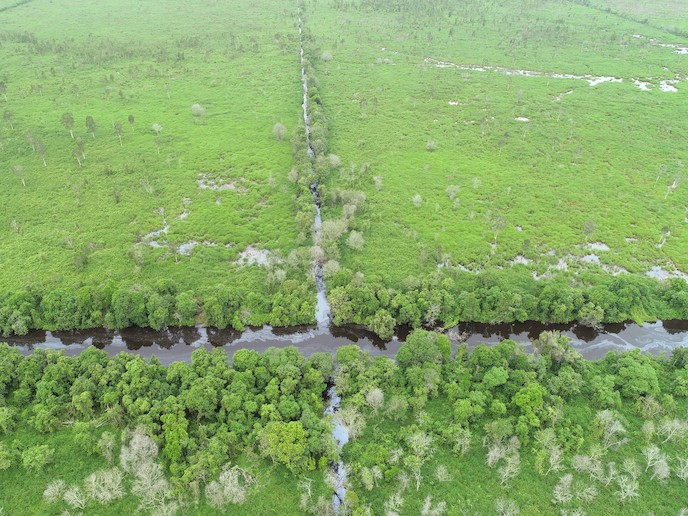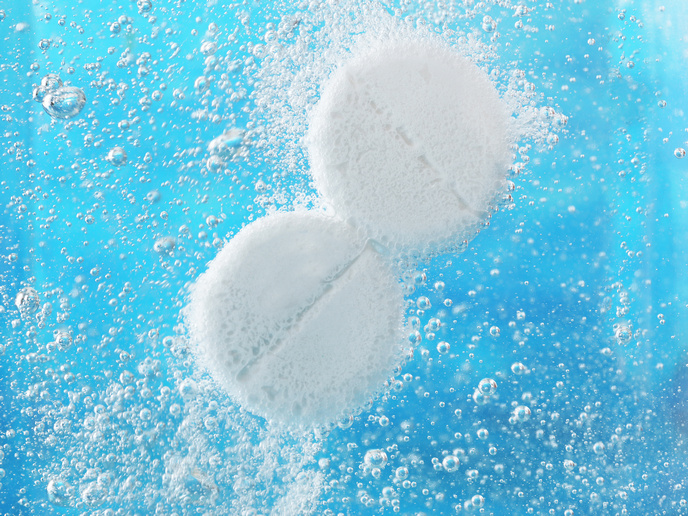Electricity from microorganisms
In a microbial bioelectrochemical system, bacteria convert organic matter directly into electrical current. This enables the energy content of dissolved organic compounds in wastewater to drive electrochemical processes. A bioelectrochemical system comprises two electrodes: an anode and a cathode. At the anode, microbes can oxidise various organic compounds and produce electrical current, while at the cathode other microbes can use the electrical current to produce valuable chemicals. The EU-funded BIOANODE (Extracting electrical current from organic compounds in wastewater) project aimed at exploring how biological anodes can be used and controlled in a range of microbial electrochemical processes. Project partners studied the use of biological anodes to simultaneously facilitate hydrogen generation and ammonium recovery from sludge liquor at wastewater treatment plants. They developed a reactor which recovers 79 % of the ammonium present in real sludge liquor. Researchers examined the use of biological anodes to support the recovery of metals from leachate solutions. Microbial electrochemical reactors can be used to recover metals from acid leachates in an energy efficient manner. The reactor needs to be carefully controlled and operated for the biological anodes to function. They investigated how to control the reactor so that the biological anodes work properly. The BIOANODE team studied preservation methods for biological electrodes and compared three storage techniques: refrigeration, freezing and dehydration. It also examined biological cathodes capable of reducing carbon dioxide to acetate and methane, tested different strategies and electrode materials, and investigated the microbial communities that develop on the cathodes and the biochemical reactions they catalyse. BIOANODE advanced knowledge regarding the starting up and operating of microbial electrochemical technologies for waste treatment and environmentally friendly production processes.







